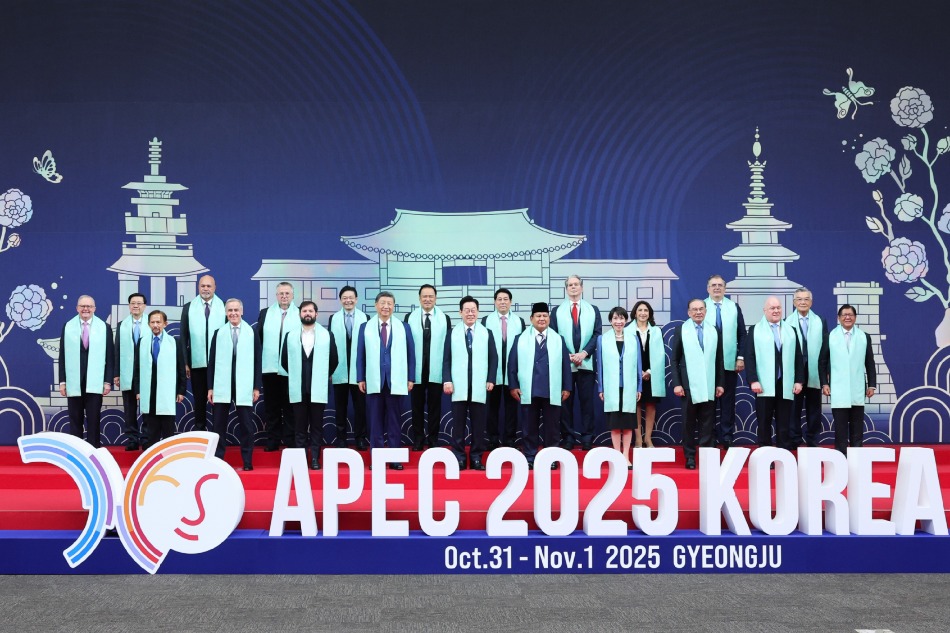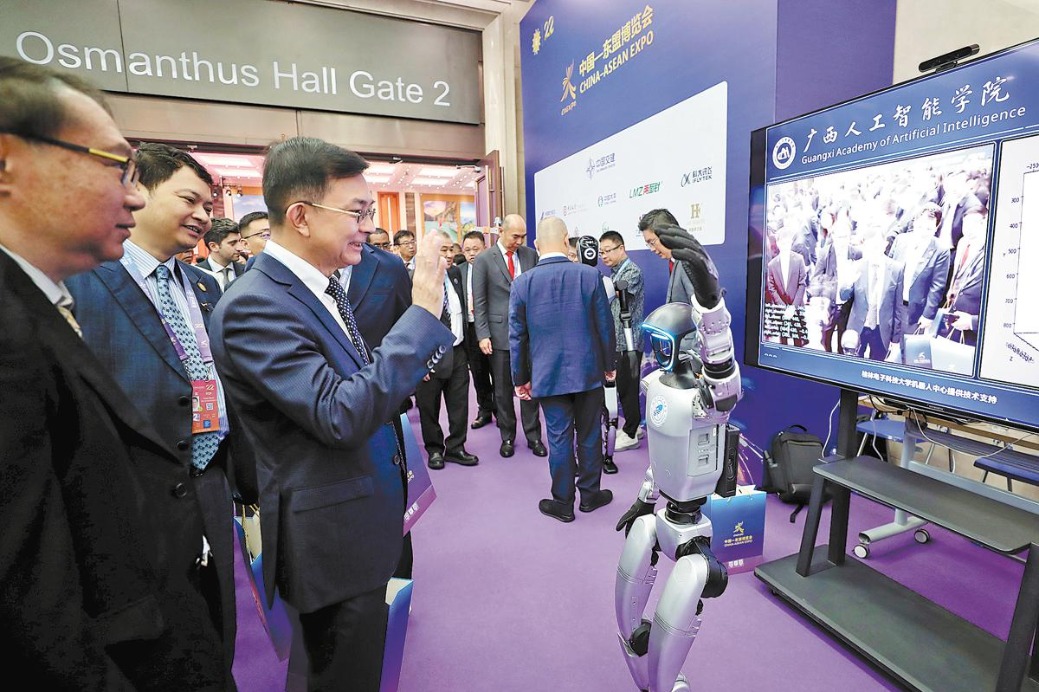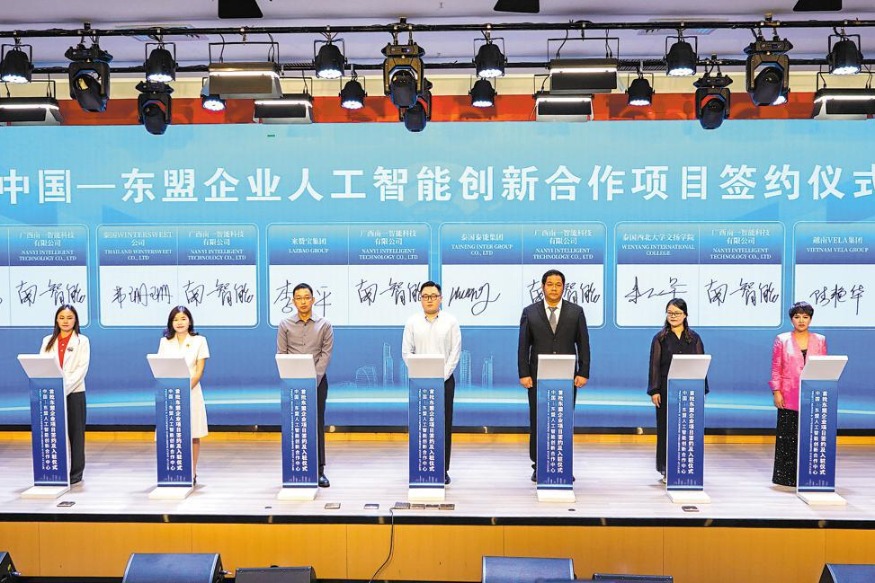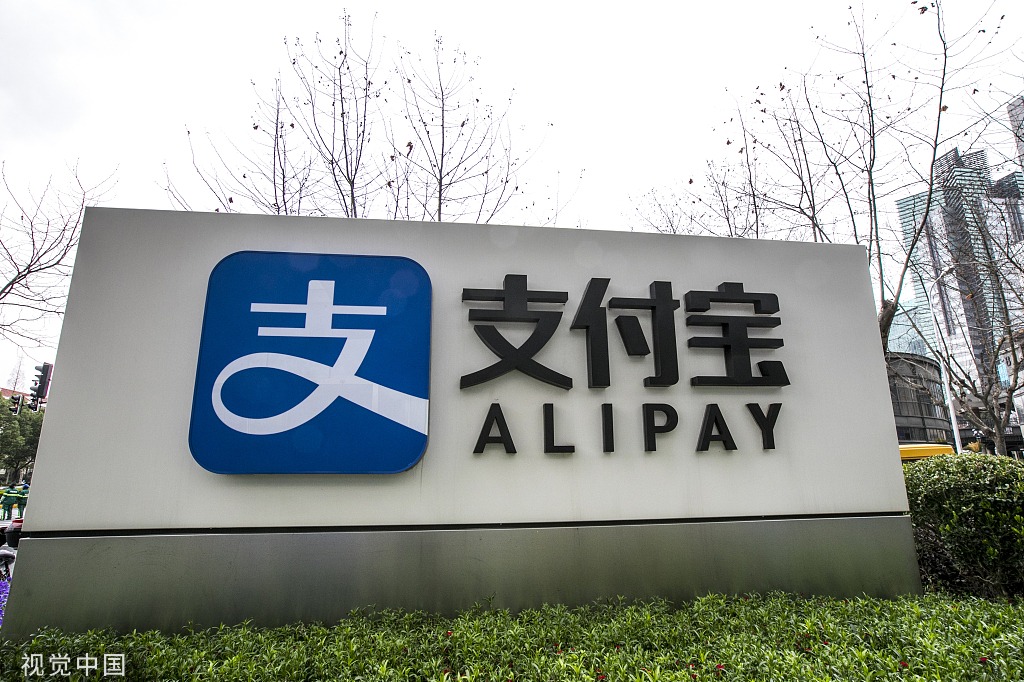Achieving inclusive growth in the Fourth Industrial Revolution

In the face of transformative change, a global summit on innovation, science and technology has never been more important to help us prepare for the future. The best way to do this is to shape the present, tapping into the imagination, diversity and empathy of a truly global community.
Rapid change and rampant inequality are testing the resilience of economies and societies. It is in our hands to ensure that the potentially disruptive shifts of the Fourth Industrial Revolution not only herald a change of guard in the highest echelons of the global economy, but also rebalance opportunities and outcomes across geographic, generational and gender boundaries.
Historically, waves of progress have always been accompanied by forces of diffusion and concentration. Diffusion occurs as the power and privileges of the incumbents erode; concentration occurs as the influence of those assuming control over the new technologies expands.
Both forces shaped the growth patterns of the past decades. In 1988, a lower-middle-class US citizen had more than six times the income of a well-off middle-class citizen in China. Today, both earn almost the same amount. Similar leaps happened in other economies, from Turkey to Viet Nam. Yet, over the same period, half of the world's wealth went to the top 5% of the population, and almost one-fifth went to the highest 1%.
Today's emerging technologies are again unleashing forces of diffusion and concentration in equal measure, opening up a wide range of plausible and possible outcomes. Smart and connected infrastructure might benefit a few exponential enterprises or millions of connected mini-multinationals; it might concentrate wealth with those who control the nodes of an internet of everything or turn these nodes into platforms that distribute value more fairly and efficiently; it might attract more people into urban hubs and deepen the rift between urban and rural areas or transform cities into compact connected units that help overcome the urban-rural divide.
Technological change will shape our future but won't determine it. Every technology age found its expression in human values, principles, norms and institutions. In the wake of the First Industrial Revolution, poor working conditions gave birth to socialism and social capitalism; the green movement beginning in the 1970s was a response to the nuclear age and the age of mass consumption associated with the Second Industrial Revolution; in the late 20th century, global multistakeholder governance models gained traction in response to rapid globalization, a result of the Third or "Digital" Revolution. What value systems and institutions are needed to ensure that the Fourth Industrial Revolution will be inclusive and human-centred? And, how can these be implemented?
Answering this question will require the courage, thought leadership and entrepreneurial spirit of the leaders gathering at the Annual Meeting of the New Champions. We cannot simply discard the forces of income, wealth and opportunity concentration, but we can mobilize forces that work against them, from investing into education to fostering entrepreneurship.
Achieving this is not only a matter of developing new technologies, business and governance models; it also challenges us to reassert fundamental values that serve as a compass and radar at times when old maps no longer serve us well. Achieving Inclusive Growth in the Fourth Industrial Revolution will require the power of imagination to see everything in our present world anew; a deep commitment to diversity as our best – if not only – chance to escape the echo chambers of our biases and beliefs; and a collective capacity for empathy as the glue that holds humanity together.
The author is head of Programming, World Economic Forum
































